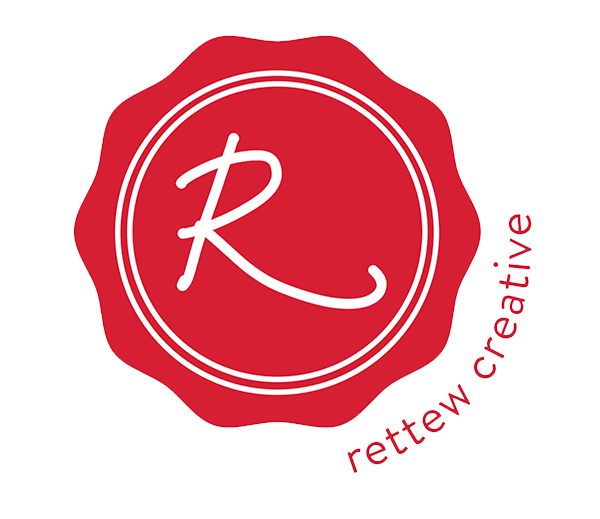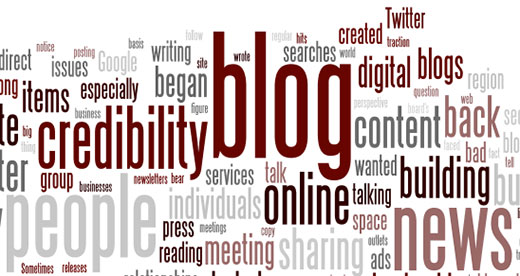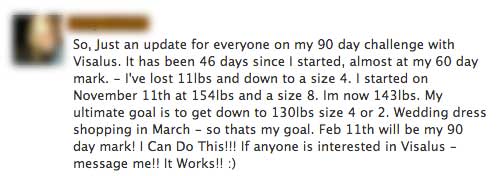It is time…time to take ownership of our media. What do I mean…well, we have to take ownership of all our media properties and not allow outside forces to have control of our message.
A few weeks ago, Greenville Hospital System rebranded and became Greenville Health System. They put together a great strategic plan to “flip the switch” on March 18th. Literally the evening of March 17th, all websites owned and operated under their umbrella lost their individual identities and took on the new web look as Greenville Health System. All social media properties took on the same look across the whole system.
This took lots of preplanning, pre-creative design, and lots of code work…so over a six hour span…all became one. GHS went from a house of brands to a branded house in a one night switch.
This is taking ownership of media…except one little detail did not come together as “planned.” In all honesty, it was hard to foresee this small situation. On that Monday, the day of the switch, television stations across the region began playing their beautiful, new television spots sharing the new branded message.
Lots of time, effort, and resources were invested in the creation of these beautifully produced televisions spots. But…GHS was not the first to share these spots on the social space. A few days later, the video production company released these spots on their company YouTube and Facebook outlets.
As I watched the newsfeed…my heart sank. I asked myself, why were we (GHS) not the first to share these spots from our social outlets. How does this happen? Is it really a big deal? Is there someone to blame? I have no idea if we should get upset or even bothered over something like this? Or…do you get excited that the production group is proud to share your message. And guess what…they did a wonderful job on the production…here is a link to one of the spots and they are beautiful (btw they were shot with a Red Camera).
What Can We Learn?
In a perfect world, this is how I see this “should” have happened (this is based on my limited knowledge of planning behind the production of the television spots):
1. When the production company is contracted to help create and craft television spots, the contract should reflect ownership of media assets. Specifically, who owns the rights to the content and how this content can be shared publicly.
2. Companies/Organizations should require all production companies to provide final media assets to them for all electronic distribution. What do I mean, all television spots should be provided and ready for distribution on all media outlets from television to online at the same time.
3. Coordinated release schedule should be created and implemented. This plan stipulates the days and times when each outlet will release these elements from television to online. These should be a coordinated effort between the production company, agency, and organization. So if the television spot is scheduled to be released on YouTube the same day it is released on television, the “traffic” plan should detail this plan along with who needs to be involved in this distribution. Usually the organization is the only one who has access to their social outlets.
4. YouTube and social share is just as important as the television release. This was proven with the Audi commercials from the 2012 SuperBowl. Audi released the 30 second spots on television and YouTube at the same time during the 2011 Super Bowl. This created the opportunity for social share…the television spot had a hashtag #solongvampires … so when people watched on television, they went to YouTube to find the video then tweeted it out using the hashtag. Within the first week after release, this created over a million views on YouTube and many million impressions on Twitter.
5. Production company’s social outlets (like YouTube) should not be the place where an organization’s television spot calls “home” and are first released. Why…because the production companies are not the owners of the branded message. The branded company/organization has the right to capitalize on the digital impact of the television spots, especially since it represents their branded message. The television spots should live on the organization’s branded video social outlet (like YouTube & Vimeo).
6. Production companies should make it standard practice in their agreements stipulating who owns the rights to this content, which includes (but not limited to) social media/digital media outlets.
7. Companies/Organizations should make sure their production agreement stipulates the branded organization reserves the first right of online distribution. The organization should be the first to share, then invite production company vendors to share (only after the organization has publicly released).
8. THIS IS IMPORTANT – the production company must share the video from the organization’s YouTube/Vimeo video outlet. SEO is important in this game of digital brand equity.
What can we learn from this? Owning our media is important. Now a little disclosure…I work with GHS. I do not look at this as a critique of GHS but more of a learning experience that should help us plan for the future. Who would have thought that the production company would be the first to share these spots online *and* would it be a big deal? We learned…this can happen and will happen again if we (as digital strategiest) do not plan accordingly.
I learned something from this experience. I must be more diligent when putting together social/digital distribution plans. I will also make sure I write better contracts/agreements with my production clients.
For GHS…they do not want others to leverage their brand, their message, their digital equity. It is important to applaud production companies for sharing the work they create. We want them to share…but it should not be at the expense of the organization’s digital message.
* Image from webaholic.com <- THANKS!



